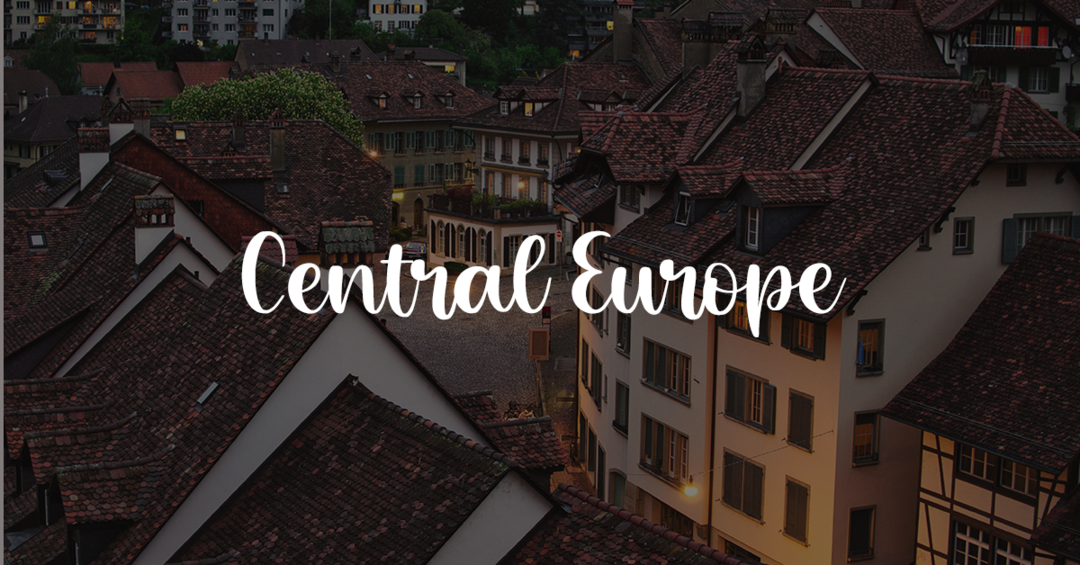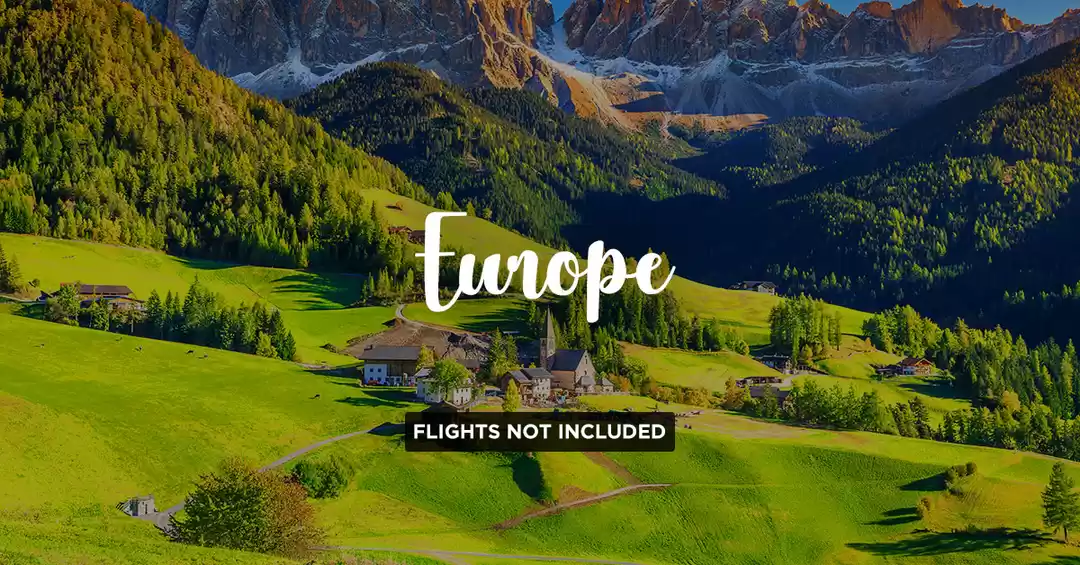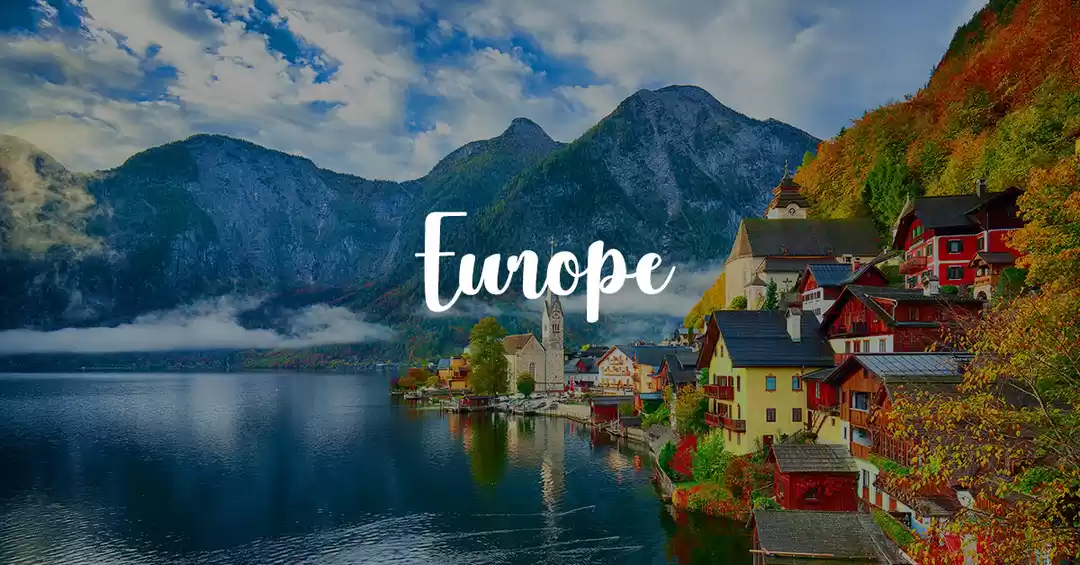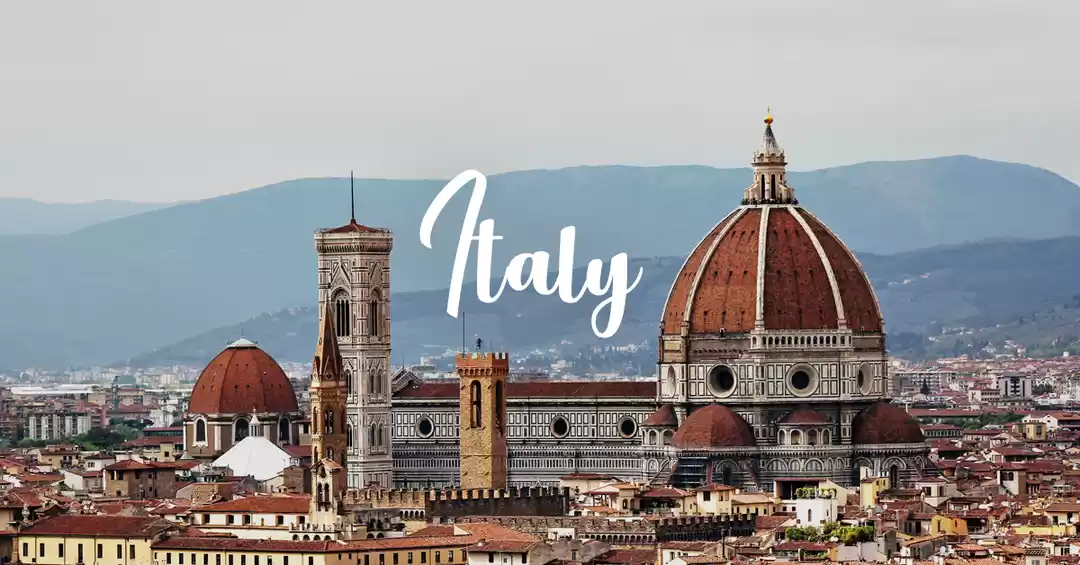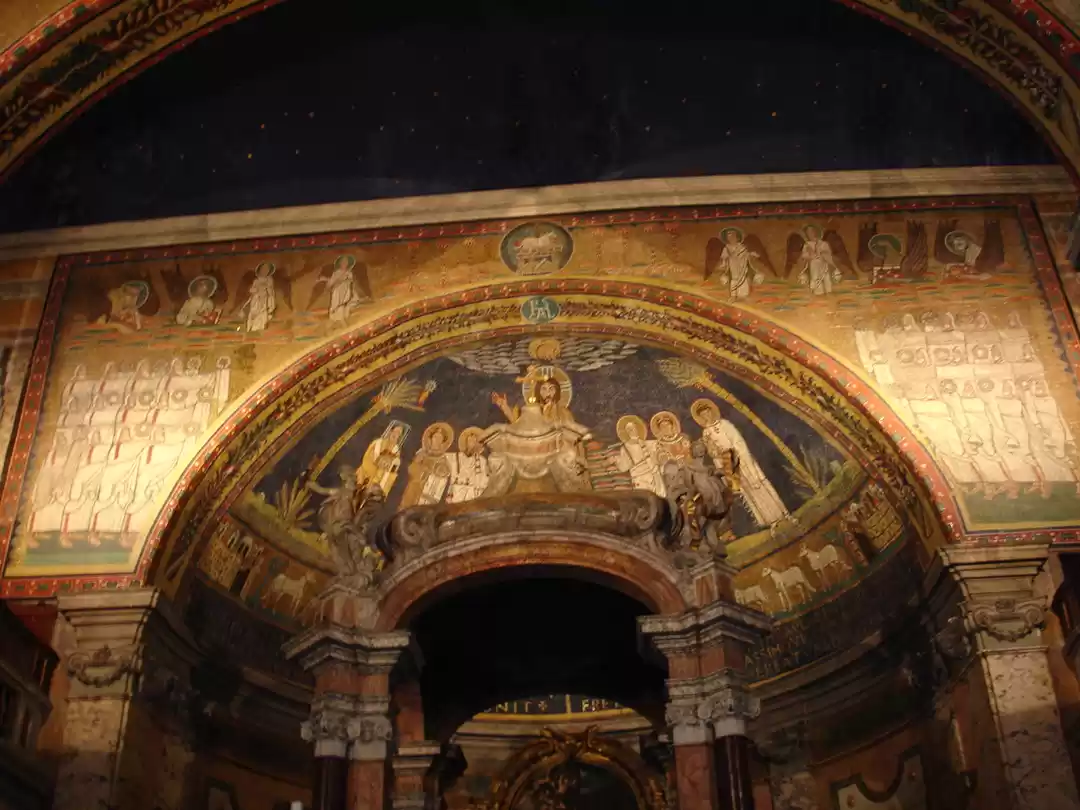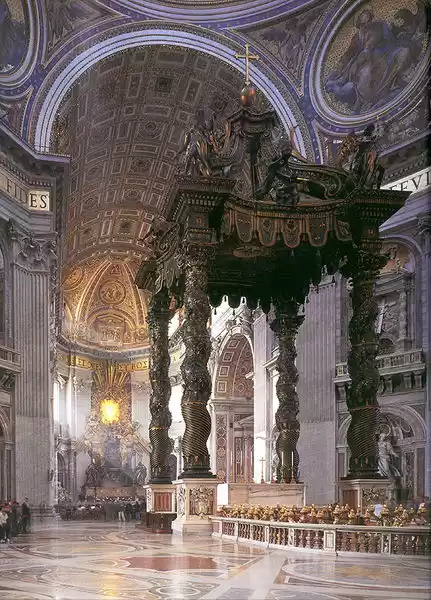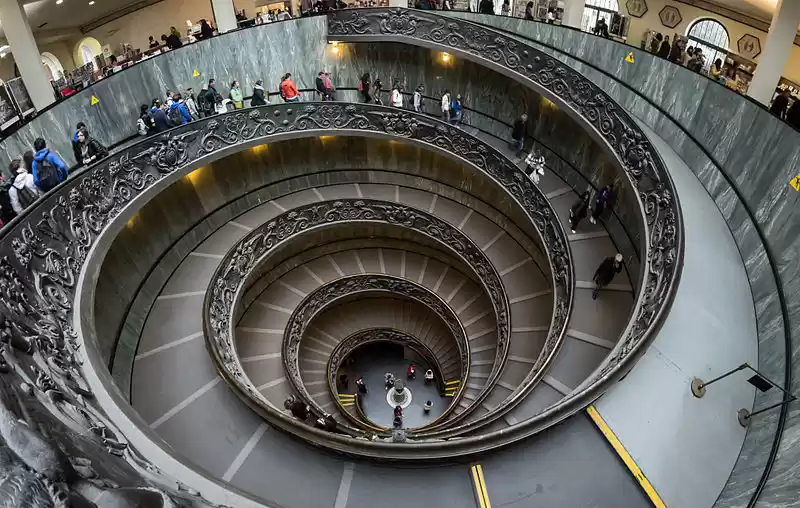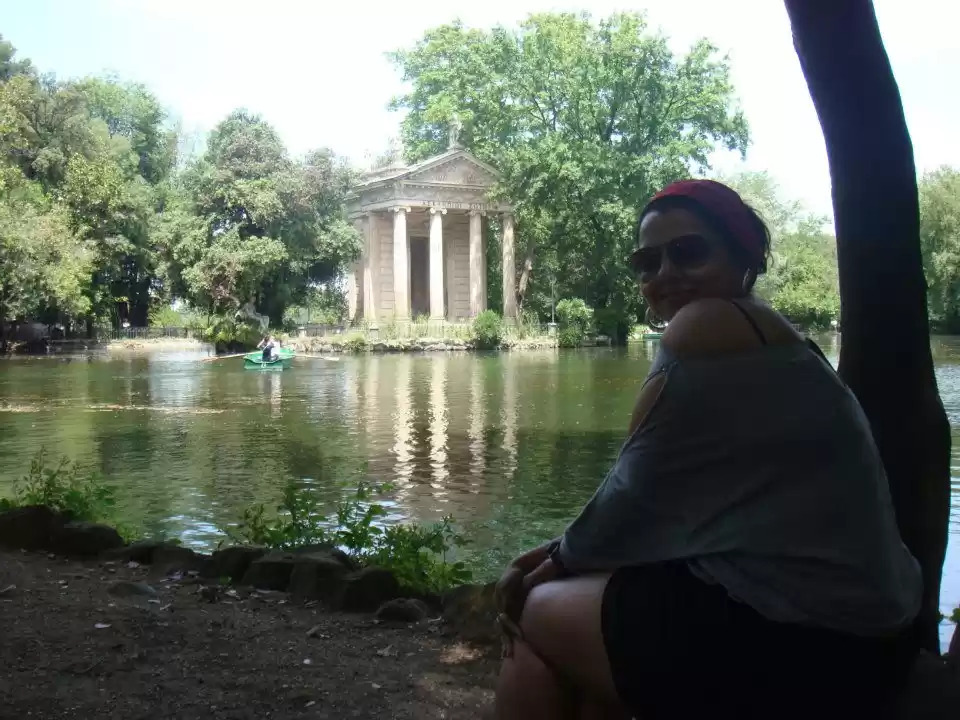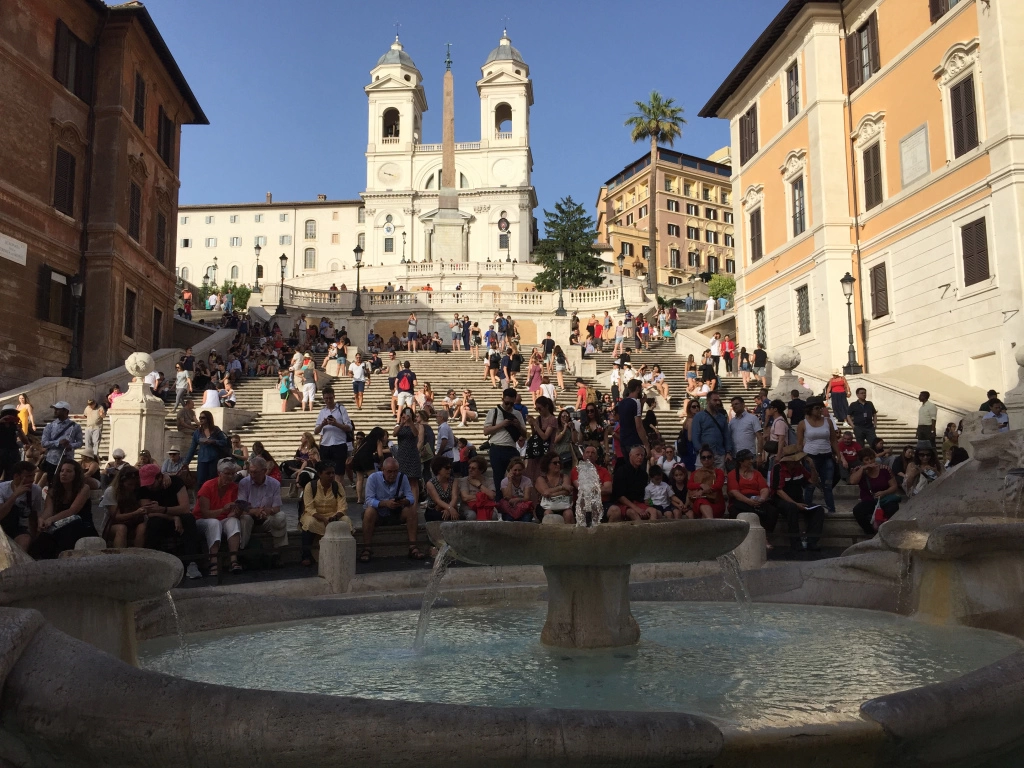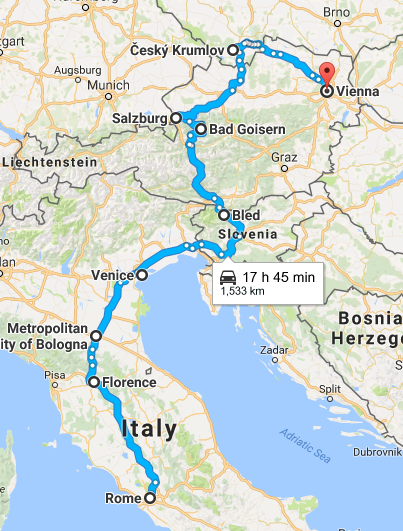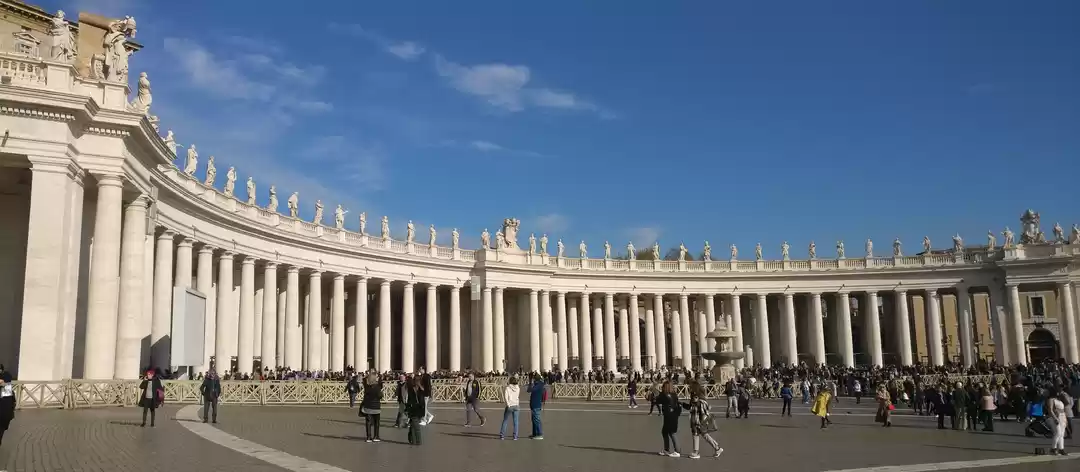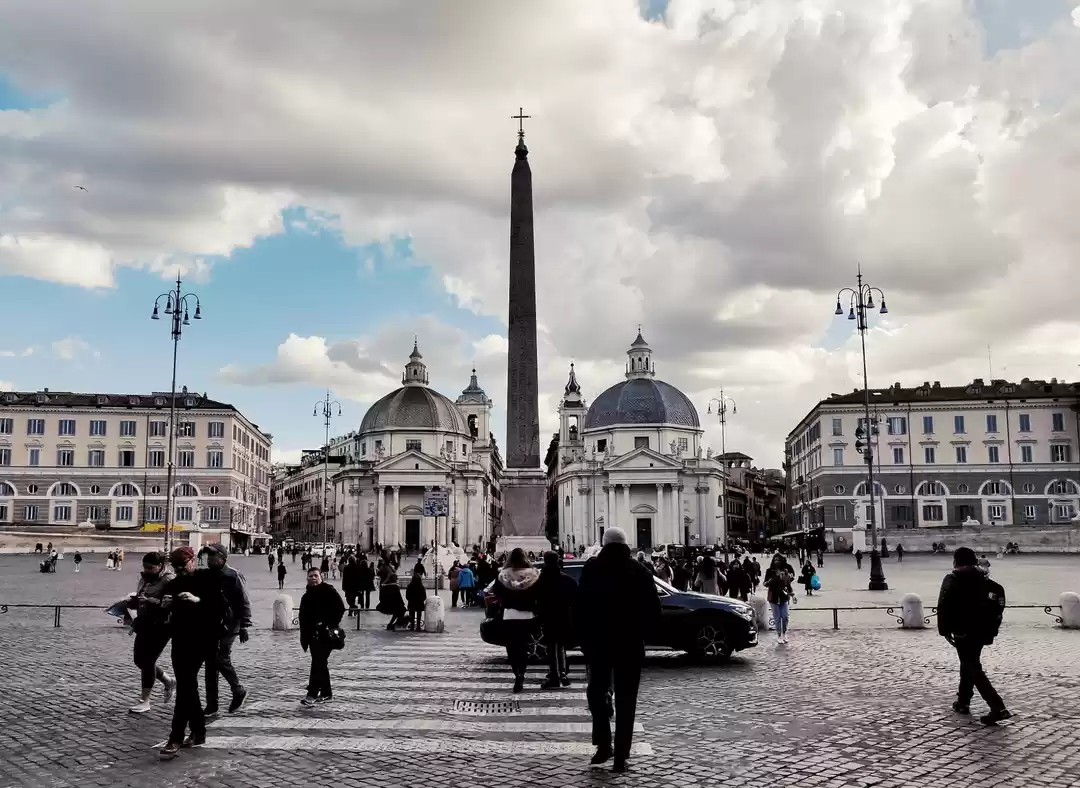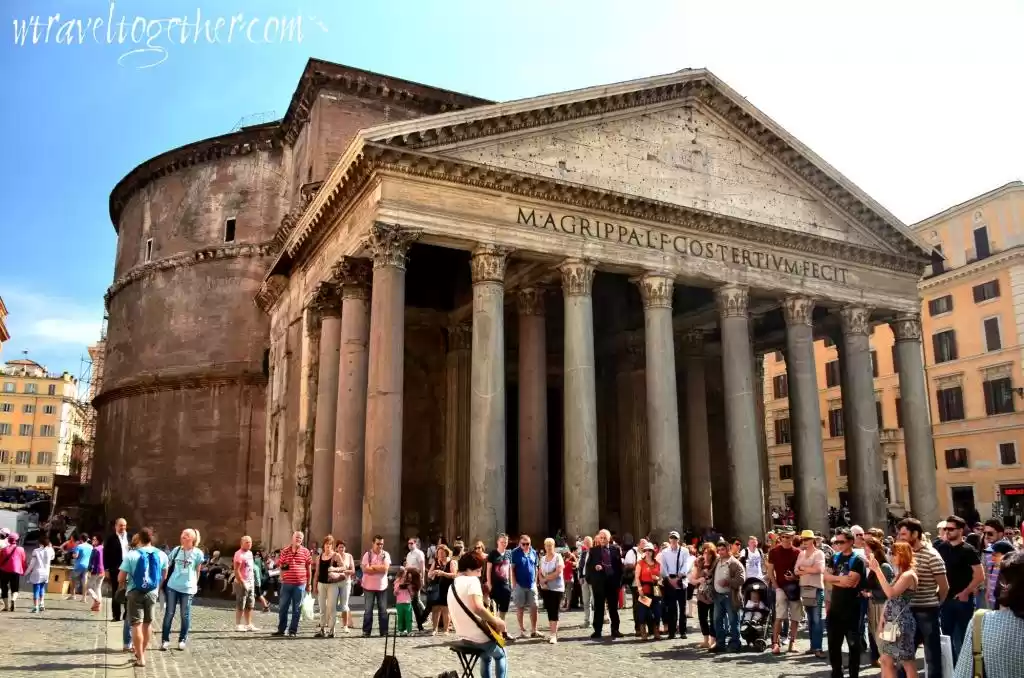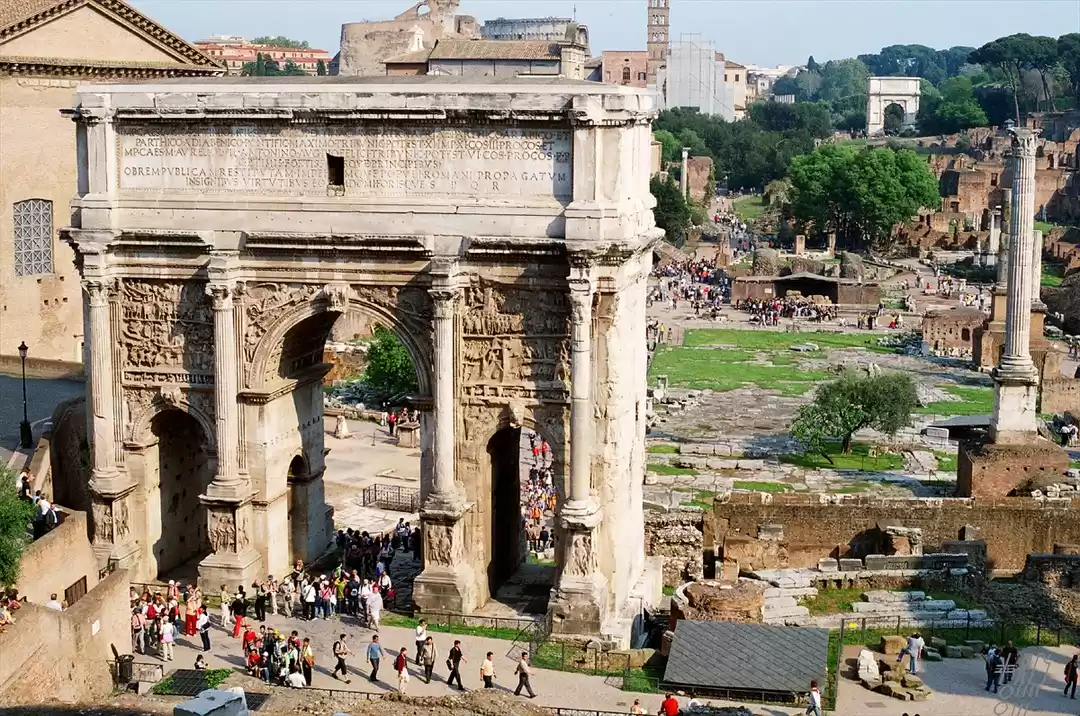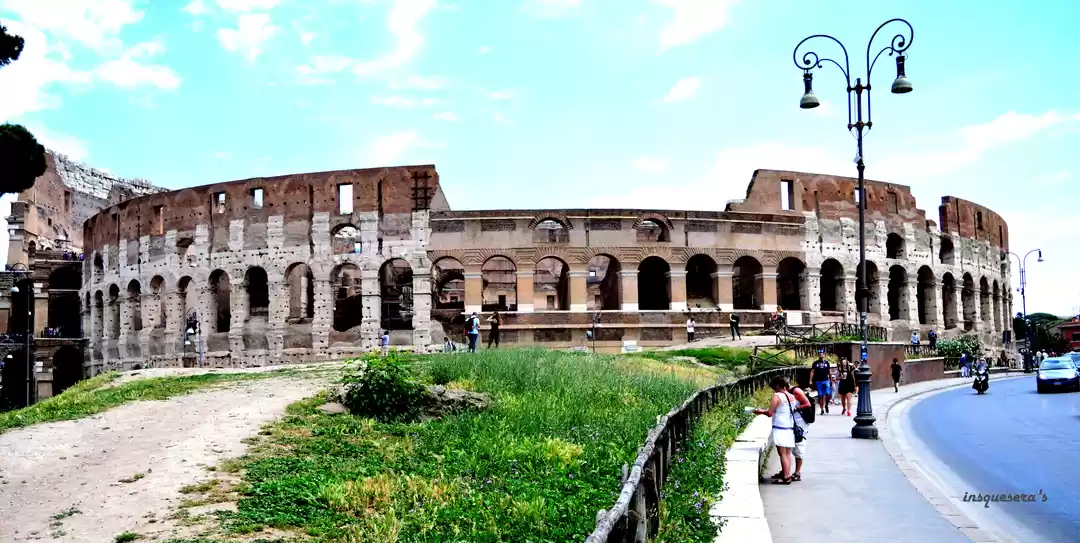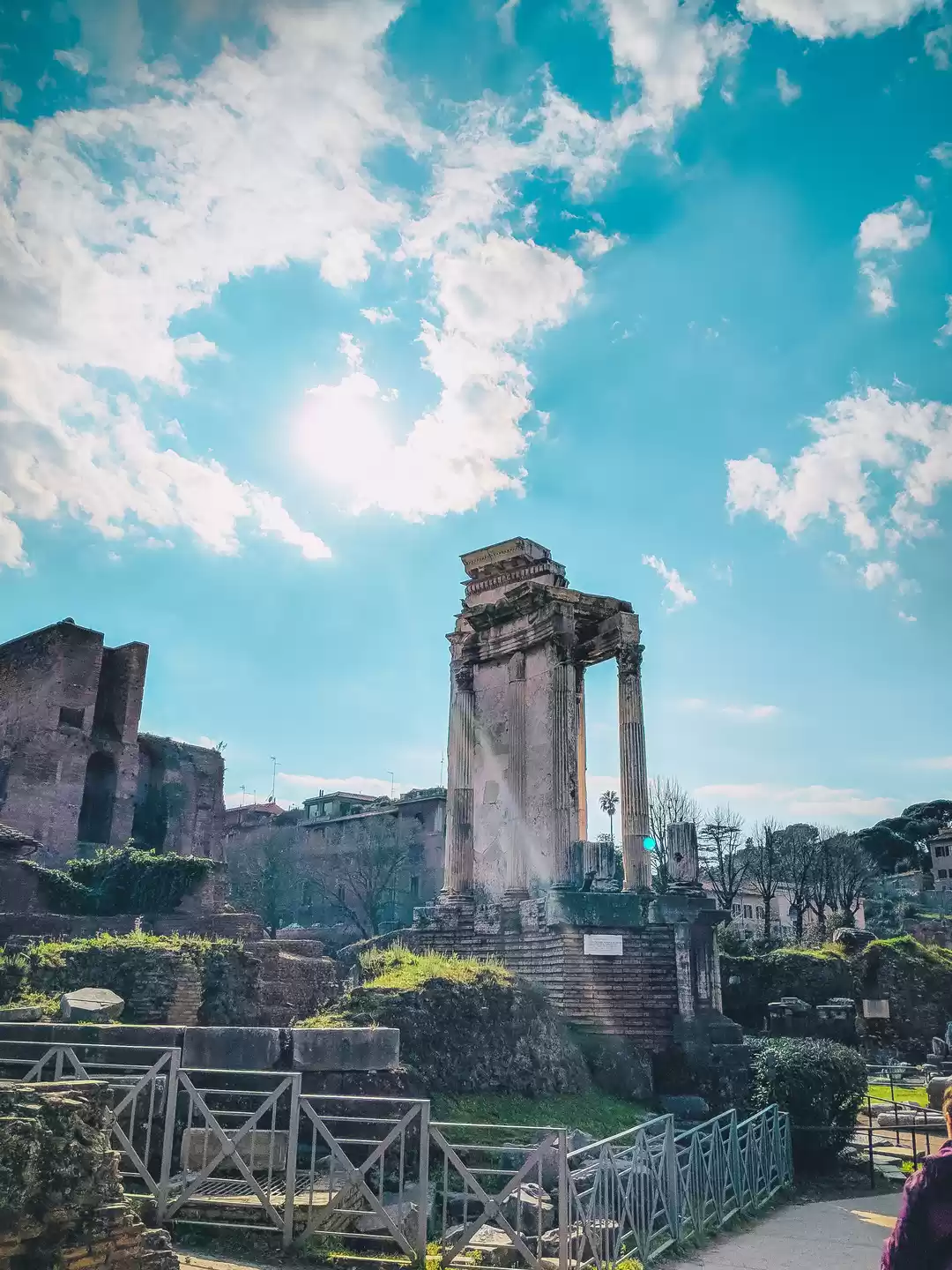
Rome the cradle of ancient history. The second largest empire after the Mongols, the Roman Empire probably had the largest influence on modern history. Known as the land where the republic began, Ancient Rome is the precursor to the principles followed by most democracies today. This has been a place we have been planning to visit forever (wife's been here before), however we wanted to visit a few other continents before we got back to Europe.
After a short 2 night stay at Positano, we took the high speed train from Salerno to Rome. One tip for Italy is book your tickets before hand on an Omio as there are multiple private railway services and they charge a premium if you book just before the rail ride, which we realised courtesy a fellow tourist.
Where to stay: Rome has multiple neighbourhoods, most famous of them the Spanish steps which is close to the tourist attractions. However with many of Rome Metro stations now closed for repair indefinitely you might want to choose a place near Colloseum. However if you like access to good food and wine choose Trastevere which we did. It has some of the best restaurants and a Tram service into the heart of Ancient Rome. Basis our travels around Rome, we would also suggest a location near Trevis fall.
How to travel: Get yourself a Rome Metrobus card for the duration you are going to. since we were broadly going to be there for 72 hours, we chose the 72 hrs card, which costs 18Euro per person. This is not to be mistaken with the Roma pass, which also includes access to museums etc, however we suggest direct skip the line tickets or tours for the colosseum and Vatican as even with the Roma card you have to pay an additional fee to block your time. We heard the Omnia card basis all this was most wasteful unless you are one of those super dedicated tourists who visits each museum. But that's a matter of choice so please look through all options.
Itinerary
1st day - Land in Rome, get your travel pass, visit Piazza Navona, Trevi falls, Spanish steps
2nd Day - Tour to Colloseum, Palatine hill and Roman Agora, Pantheon and Piazza Venezia
3rd Day - Vatican City tour, St Peter's Cathedral and Colloseum at Night
4th Day - Rome to Milan
Places to visit
1st day - Visit Piazza Navona, Trevi falls, Spanish steps
Rome has some amazing sculptures. What strikes you is the detailing on the sculptures and how well is it maintained. As you will hear over time it actually had all fallen into different levels of disrepair but has slowly been fixed.

Fontana dei Fiumi
Gian Lorenzo Bernini has created the Fontana Fiumi which must be one of the most photographed places. Bernini takes forward Michelangelo's style of architecture which is why you see the twisted torsoes and actions which causes the muscles to look taut and in motion. Michelangelo apparently studied prisoners doing rigorous labour to see the movement of muscles. Bernini is the founder of the Baroque school of architecture, while Michelangelo is the most famous sculptor of the Renaissance period. More on him when you see the Pieta at St. Peter's Basilica
The sight of Trevi Fountain is quite overwhelming. Almost always crowded, it is a marvel of engineering, architecture and sculpture as the water originally came from 22 km away via an aquaduct.
The Trevi Fountain is most famous for the three coins story. apparently throwing one coin into the water will get you back to Rome. 2 help you find someone special and 3 coins ensure that you and the person are together forever. 4 - 5 coins means you really need to cut down on the wine. Legend has it that the Italian embassy verifies whether you have thrown a coin for a second trip.
The Spanish steps is the place people hang out in the evening. When in Rome, do as the Romans do is what we had heard so we hung out there and I decided to try some long exposure photography. However courtesy my polariser lense not having been screwed in properly, we (read Ditta) spent the next 20 min sticking her hand out of the narrow balcony trying to push the it down and me trying to figure out where it fell. That she finally managed to reach it and it fell down the famous spanish steps without disintegrating is a memory we will treasure ????
Basilica of Our Lady in Trastevere
Trastevere is right across the river Tiber. It has interesting alleys and architecture plus some great restaurants. We visited Sabatini, Carlo Menta and Nannarella. The food at Sabatini was to die for, but their service was a little haughty. Carlo Menta is the best place to have good food and alcohol at the right price, but the place we loved was Nannarella, where we had Roman artichokes, Tonarella and some interesting Tiramisu
2nd Day - Tour to Colloseum, Palatine hill and Roman Agora, Pantheon and Piazza Venezia
The Colosseum is the landmark which defines Rome. It is effectively a massive theatre and like all theatres has trapdoors and underground entries. What astounds a visitor is the sheer scale of the amphitheatre. 50 - 80 thousand spectators could be seated

Colosseum's magnificence has to be seen to be believed. India with it's population has massive stadiums, and the Colosseum can rival each one of them in size and outrivals them in architectural beauty.
The Roman society for all it's progress on democracy had a massive gender bias. Women actually were given a lower social status then even the lowest of people, which is why women never got any VIP seats unless they were the vestal virgins, one of the reasons for the Virginity fixation of christianity which continues till today. Virginity was considered a virtue.
The Roman Forum was Caesar's creation and would have in it's heydays some of the most beautiful buildings in Rome. Each building is steeped in history but a lot of it has crumbled.

Palatine hill is where the Roman Empire in it's modern form began. However the mythological story of Rome is most interesting. Rome apparently was created by Romulus and Remus. These twin brothers were born to a Vestral virgin. Vestral virgin by moniker were virgins. The mother got the babies from the god Mars, quite similar to how Kunti in Mahabharata had a baby. As the baby was threatened, by the king of the time, they were left near the river Tiber. This part would resonate with followers of hindu mythology and readers of the old testament (which would cover most of humanity) as Moses had a similar story and so had Karna.
Anyway the two were taken care of by the forest and weaned by a she wolf, which is the reason the she wolf with the 2 babies is a symbol of Rome. They then grew up and eventually founded Rome after Romulus had killed Remus over a property dispute. Anyway the Rome of those times hasn't lasted but Palatine was the hill which Romulus chose to create Rome on.
Long story short, Rome was founded here so it is a must visit.
Pantheon is probably the biggest marvel of engineering. That a dome of that size with no supporting pillars and still stands till today is an ode to Roman engineering. The fact that my Fiat Palio (which I still love) had some of the worse electricals shows how Italian engineering lost more than it gained over the years.

The Pantheon was designed as a temple to the Roman gods of the time between 27 BC - 126 AD. Which part was created when is still being figured out but the Roman exterior doesn't The Byzantine's gifted it to a Pope which resulted in it becoming a church today. While the essence of the building as a worship place changes, it does make you feel like you are in the presence of god. No picture actually does justice to the feeling inside.
Over time this became a burial spot for the painter Raphael and the last of the Italian Monarchy whose descendants supported Musolini and lost favour with the people.
Whatever your religious disposition, do take a seat preferably after the audience has been shushed by the guards and take in the beauty of this place. Pray for world peace, good sense, achhe din, whatever works for you because you do feel closer to God
The Piazza Venezia was our one constant companion as the tram from Trastevere stopped there. It used to serve as the embassy of Venice in Rome, when Venice was an independent country. Today it's a beautiful building which is free to enter. We entered and were greeted by some interesting sculptures and also a sky view lift which we avoided since it was raining.

We spent our evening at this wonderful Cafe facing the Cafe eating some amazing Sicilian desserts with some strong Italian coffee before heading back to Nannarella for some amazing food.
3rd Day - Vatican City tour, St Peter's Cathedral and Colloseum at Night
The Vatican City is the smallest country in the world. Unfortunately they don't stamp your passport but yes you do get another country to your name. For all their politics, the popes did play a major role in preserving most of Rome. The church was at the foreground of encouraging artists like Michelangelo, Bernini, Raphael, etc. A lot of this is visible at the Vatican museum though the Coup De Grace is the Sistine chapel which unfortunately we were not allowed to photograph.
It is a good idea to pick up the Vatican museum skip the line tickets in advance as Rome is always crowded. You can choose your time and whether you need an audio guide. We chose the audio guide option. Also It may be a better idea to get down at Valle Aurelia as it is a long walk to the entrance from Roma S Pietro which is the station for the Vatican.
The sistine Chapel is an ode to renaissance art. Renaissance art by definition has complexity and movement. Perspective is beautifully used and unlike the pre - renaissance paintings they look most natural and very detailed.
Now imagine a renaissance painting the size of the sitine chapel. Each aspect of the roof has been hand painted. For a first time viewer, it astounds you. The creation of adam which is one of Michelangelo's most famous paintings is just another panel on the roof. It took michelangelo 4 years to paint the ceiling and another 6 to paint the last judgement over the altar. Michelangelo who was always considered more a famous sculptor than a painter till then, uses the twisting of bodies to paint muscles and sinews which are signature Michelangelo. It also probably stems from his sculptor background as sculptures having little colour are best defined by the human anatomy.

Step out from the Vatican museum to it's cafeteria which had some excellent Pizza. then walk down the famous spiral stairs and rush to St Peter's Basilica as entry is free there and you will most likely face a long queue.but it's worth it.
The Basilica is one beautiful building, The cupola is a copy of the Pantheon and designed by Michelangelo. The building has some beautiful mosaics and beautiful sculptures. It was designed as a symbol of the catholic reformation which took on the protestant reformation. The idea quite similar to the Pantheon was to make the person who enters feel like he/she is in heaven and it does seem like that.
St Peter's Basilica Bell tower

The dome is most beautiful and must be observed from close which can be achieved if you take the lift to the bell tower and the dome where you can see the roof up close. It's totally worth it as each of these designs was done by some master of the renaissance

The Pieta of Michelangelo

Michelangelo is most famous for the David statue at Florence, but he actually spent more time in Rome where he painted the Sistine chapel and gave the world the Pieta of Michelangelo.
The Pieta is the scene after the crucification where Mary holds the body of Jesus in her arms. This particular pieta actually has an anatomical inconsistency which also is a clever trick wherein the body of Christ is smaller than that of his Mother Mary. This makes her hold his body as she would a baby signifying the mother and child relationship.
Mary's face and garments look real, she is most serene. But what is even more spectacular is the body of Christ. You can actually see all the ribs on his body and every muscle in rigour mortis. Michelangelo's work studying prisoners and his study of the human cadaver helps him get the right body language. It is powerful and very real. Very few sculptures can move you like this one does.
In terms of sculptures very few sculptures at the Louvre, maybe the David statue and the veiled Rebecca at the Salar Jung Hyderabad meet the high standards of this piece of work.
Bye Bye Rome
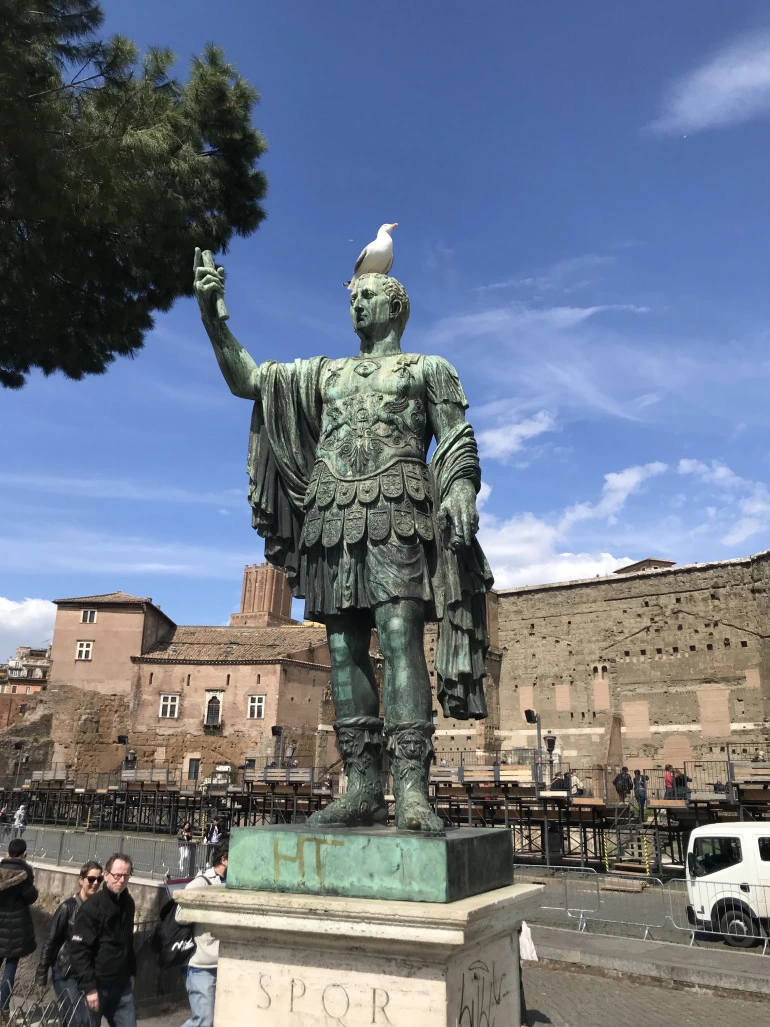
Statue of Caesar with a seagull named Brutus on his head
Rome was all that we expected and more. Frankly 3 days is too less to explore it but considering our busy lives and a desire to see as much of the world as we could, we chose a few places we just had to see, booked skip the line tickets and tours so that we did not waste time in long lines and spent leisurely afternoons and evenings visiting and revisiting the areas near the Trevi fountain, Trastevere and Piazza Navona.
We did throw a coin into the Trevi fountain, so we definitely will be back
Luv,
Inditourists ????



















